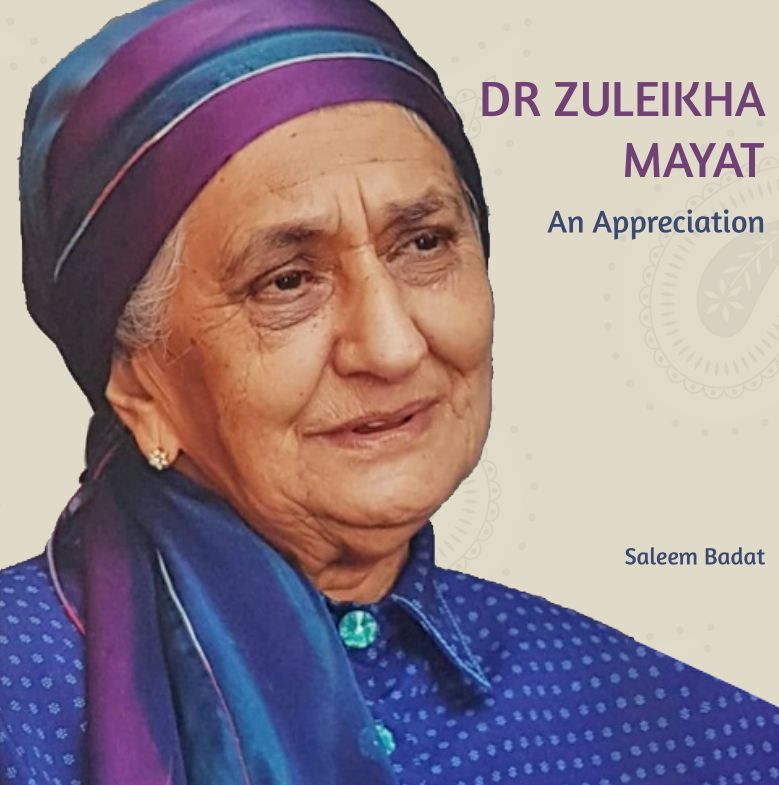Huguenot Monument, Franschoek
The Huguenot Society of South Africa was founded in 1953. The original aim of the Society was to maintain and develop the traditions, virtues and ideals of the Huguenots. In due course the upkeep of the Huguenot Memorial Museum and Monument became its main focus.
The Huguenots were devout Protestants from France and Southern Netherlands, who followed the teaching of the theologian, John Calvin. Many of them fled made new homes in England and Ireland, Reformed Europe and the Atlantic World. Many of them took refuge in the Dutch Republic where a small number were recruited by the Dutch East India Company to strengthen the Maritime Replenishment Station, at the Cape of Good Hope. The Huguenot Monument situated at the end of the main street in Franschhoek, Western Cape. This Memorial commemorates the settlement of French Huguenots in the region.
This Memorial consists of: A semi-circular colonnade set in a beautifully manicured garden, three colossal arches that represent the Christian 'Holy Trinity' (Father, Son, and the Holy Spirit), sun of righteousness, and the cross of the Christian faith. The central female figure portrays religious freedom with a Bible in one hand and a broken chain in the other.
The building of the Huguenot Monument was started in Franschhoek in 1942. The Architect was JC Jongens, he was a young Dutch Immigrant. The Building was completed in 1945 at a cost of £22 000. On the 17 April 1948 marked the beginning or first Public viewing and an opening ceremony. Coert Steynberg sculpted the central statue of a young Huguenot woman who personifies religious freedom.
The Huguenot Society of South Africa, was founded in 1953. The original aim of the Society was to maintain and develop the traditions, virtues and ideals of the Huguenots. In due course the upkeep of the Huguenot Memorial Museum and Monument became its main focus.
Between 1685 and 1699 around 300 Huguenot refugees, settled at the Cape of Good Hope. The story of the Huguenots who came to the Cape begins with a long History of Religious warfare and persecution in France. Following the Revocation of the Edict of Nantes in 1685. The Dutch East India Company decided to encourage Huguenot refugees, to immigrate to the Cape to establish a stronger Agricultural base there. Preference was given to settlers who were wine growers or had expert skills. Farmers would be provided with as much land, as they could cultivate. Their perilous journeys over Mountains and Sea to establish new lives and Homes at the Cape resonate with similar experiences of refugees around the World.
https://www.artefacts.co.za/main/Buildings/bldgframes.php?bldgid=12731
https://huguenotsociety.org.za/wp-content/uploads/2021/10/HUGUENOT_SOCIETY-SA_History.pdf
https://huguenotsociety.org.za/contact-us/
https://www.lekkeslaap.co.za/attractions/haute-cabriere-winery
https://www.lekkeslaap.co.za/attractions/franschhoek-village-market
https://www.lekkeslaap.co.za/accommodation-in/franschhoek
https://huguenotsociety.org.za/product/huguenot-farms-and-area-of-settlement-map/
https://huguenotsociety.org.za/de-villiers-family-genealogy-on-cd/
https://insideguide.co.za/cape-town/franschhoek-restaurants/

